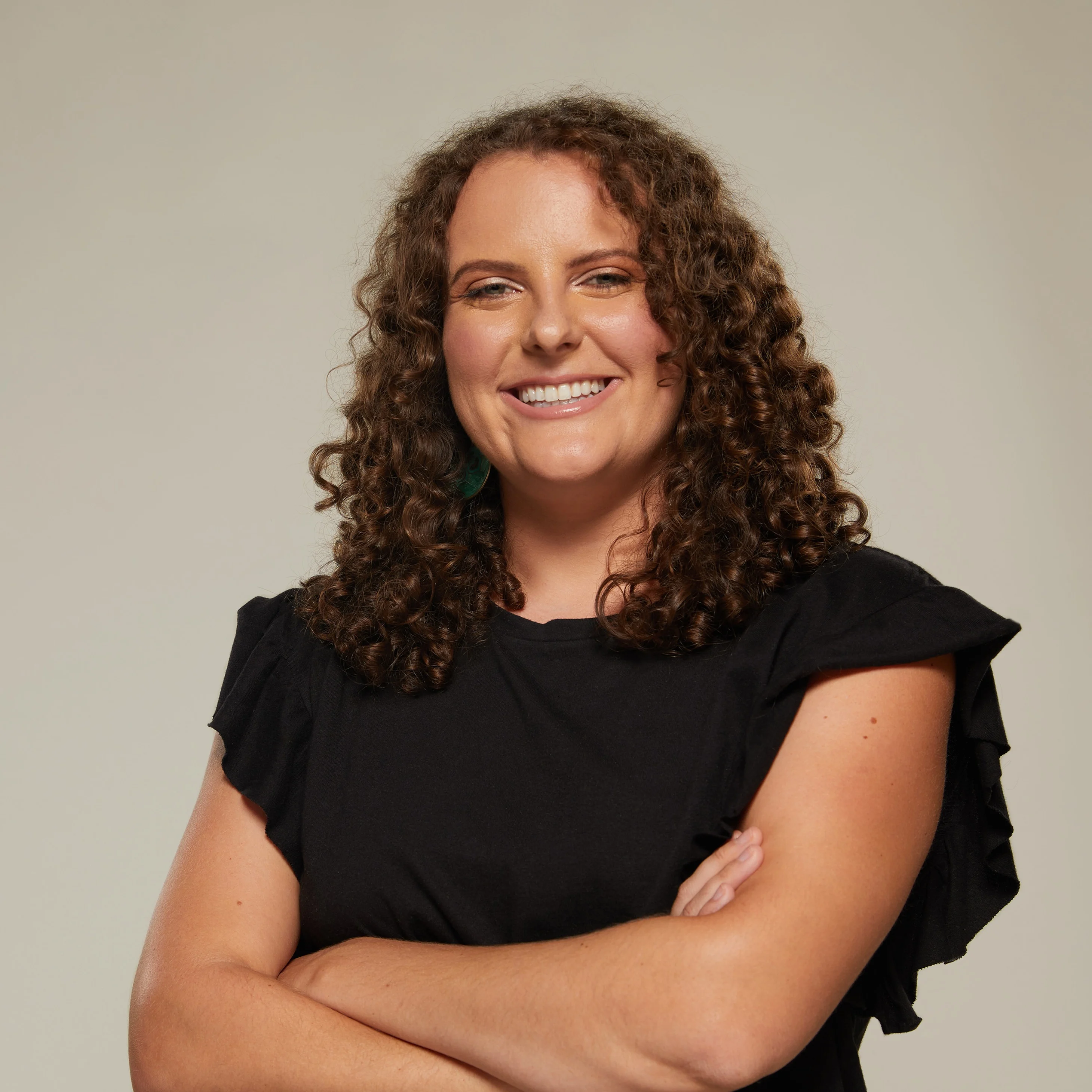What’s intersectionality in the workplace?
In many workplaces, the term intersectionality is becoming more popular in discussions of diversity and inclusion. But many employers aren’t sure what it means — or why it matters in their workplace.
What’s intersectionality?
In a nutshell, intersectionality is the idea that people have more than one identity. And those identities are inherently combined.
Your employees with disabilities also have many other identities that impact their workplace experience. A worker might have hearing loss and be a recent immigrant, for example.
Understanding intersectionality in the workplace is crucial to any kind of inclusion program. To support all of your employees effectively, your inclusion efforts need to be intersectional.
The history of the term
Discussions of intersectionality are happening more often in the workplace right now. But the word itself isn’t new. Kimberlé Crenshaw, a professor of law at Columbia University and UCLA, coined the term almost 30 years ago in the context of social justice.
Crenshaw argued that anti-racist movements were framed around Black men, while feminist movements centered around white women. Both movements overlooked the unique challenges faced by Black women.
Meanwhile, Crenshaw pointed out, the discrimination faced by Black women is “greater than the sum of racism and sexism.”
Crenshaw recently gave a TED Talk to explain this idea. In it, she poses a question:
“Now you might ask ... an issue that affects Black people and an issue that affects women, wouldn’t that necessarily include Black people who are women and women who are Black people?”
In fact, she says, this way of thinking encourages a “trickle-down approach” that lets many people fall through the cracks.
Intersectionality in the workplace
Many HR approaches to building equality tend to focus on one type of discrimination at a time. But people themselves aren’t one-dimensional.
For example, Black women earn substantially less on average than their white, non-Hispanic male counterparts for doing the same jobs. And the unemployment rate for people with disabilities is more than twice the rate for people without disabilities. For an employee who is a Black woman with a disability, these trends can’t be separated.
But as Crenshaw has pointed out, it’s not as simple as adding up the barriers. Having a separate inclusion program for each of these identities, on its own, is not enough.
The employee in the example above is likely to share some experiences with Black people as a whole, as well as with women and people with disabilities. But she’s also likely to have experiences, including in the workplace, that are specific to Black women with disabilities.
Why you can’t afford to ignore intersectionality at work
So what happens if a company doesn’t prioritize intersectionality in its inclusion efforts?
It risks building an inclusion program that’s actually counterproductive.
For example, a workplace affinity group might plan an outing that includes group participation in a charity walk. If the plans don’t take employees with disabilities into account — say, by proactively offering accommodations and alternatives — some employees with disabilities are likely to be excluded. These employees might feel discouraged enough to leave the group that sponsored the event.
The bottom line is that your workplace inclusion efforts won’t be successful — and could even be harmful — if you don’t take intersectionality into account.
So how can you build an intersectional approach into your workplace inclusion program?
Read Part 2 of this series for practical tips to help you bring intersectional thinking to the workplace.
And watch Crenshaw’s TED Talk to learn more about intersectionality.
This article is Part 1 of a two-part series on intersectionality in the workplace:
Part 1 – What’s intersectionality in the workplace?
Jamie Studenroth is a disability inclusion coordinator at Understood. She has supported people with disabilities in settings such as schools, camps, nonprofits, and employment. She is a longtime advocate for disability justice in the workplace and beyond.
Reviewed by Ashley Oolman. Founder and inclusion consultant of Allied Folk, Oolman guides partners through evidence-based best practices, product development, and progressive thought leadership. From large corporations to individual allies, she transforms strategic business initiatives and advances equitable community spaces. With more than a decade of leadership experience in advocacy, employment, and workplace culture, she understands how to navigate complex environments and provide actionable insights for growth.

